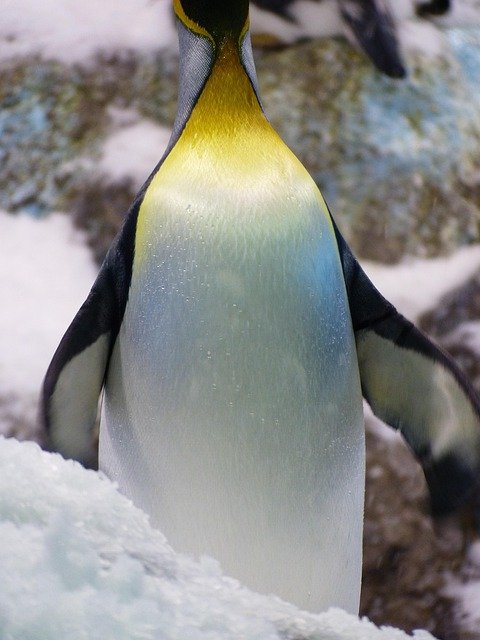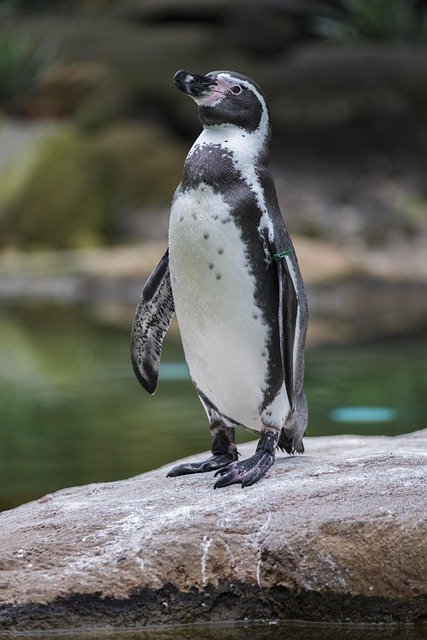**Topic: "The Social Dynamics of Penguin Colonies: Understanding Their Complex Social Structures"** In

The Social Dynamics of Penguin Colonies: Understanding Their Complex Social Structures
Penguins are not just adorable creatures waddling around in their tuxedo-like feathers; they are also fascinating social animals that exhibit complex social structures within their colonies. Understanding the social dynamics of these colonies can provide insight into their behavior, communication, and survival strategies.
The Colony Life
Penguins are highly social birds that often live in large colonies, sometimes numbering in the thousands. These colonies serve multiple purposes, including:
- Protection from Predators: Living in large groups helps penguins fend off potential threats from predators, such as seals and birds of prey.
- Thermoregulation: In harsh, cold environments, being part of a large group allows penguins to huddle together, conserving heat and energy.
- Reproductive Success: Colonies provide a safe environment for breeding, where penguins can find mates and raise their chicks with the support of others.
Social Structures
Within penguin colonies, social hierarchies and dynamics can be observed. Some key aspects include:
1. Hierarchy and Dominance
Certain individuals may establish dominance over others, influencing access to resources such as food and nesting sites. Dominant penguins often have priority during feeding and may engage in aggressive displays to maintain their status.
2. Pair Bonds
Many penguin species are monogamous for the breeding season, forming strong pair bonds. These bonds are crucial for cooperative parenting, as both parents share responsibilities in incubating eggs and feeding chicks.
3. Communication
Penguins rely heavily on vocalizations and body language to communicate within their colonies. Each species has its unique calls, which help individuals recognize their mates and chicks amidst the cacophony of the colony.
4. Cooperative Behavior
Cooperation is vital in penguin colonies. For example, some species engage in "crèches," where groups of chicks are cared for collectively while parents forage for food. This behavior increases chick survival rates and strengthens social bonds within the colony.
The Impact of Environmental Changes
The social dynamics of penguin colonies are not only fascinating but also vulnerable to changes in their environment. Climate change, overfishing, and habitat destruction can disrupt their social structures, affecting breeding success and survival rates.
Researchers are actively studying these impacts to develop conservation strategies that can help protect these remarkable social animals and their habitats.
Conclusion
The social dynamics of penguin colonies are a testament to the complexity of animal behavior. By studying these intricate social structures, we can gain a deeper appreciation for penguins and the challenges they face in a rapidly changing world. Understanding their social lives not only enriches our knowledge of these charming birds but also emphasizes the importance of conservation efforts to ensure their survival for generations to come.
Further Reading
- Penguin Social Behavior: Insights from the Field
- The Role of Communication in Penguin Colonies
- Conservation Strategies for Penguin Populations
Feel free to share your thoughts or experiences with penguins in the comments below!
